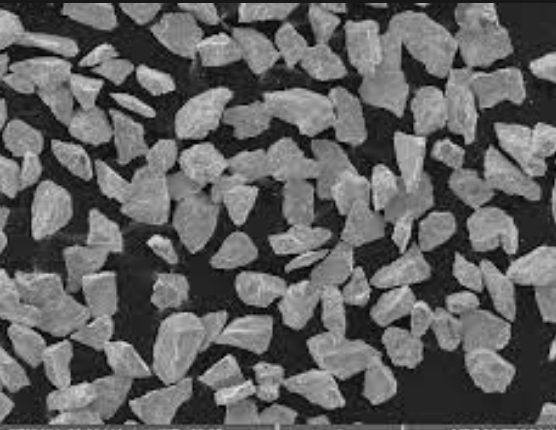What Is Cast Tungsten Carbide Powder
What Is Cast Tungsten Carbide Powder

Cast tungsten carbide powder has a WC and W2C eutectic structure which exhibits a dark gray appearance. Cast tungsten carbide powder is produced by an advanced process: metal tungsten and tungsten carbide powders are mixed and packed into a graphite boat. Together, they are heated in a melting furnace at 2900°C and held for a certain time to obtain a casting block consisting of WC and W2C eutectic phases with a grain size of 1~3 μm.
It exhibits outstanding wear and impact resistance, as well as high hardness property, at high temperatures. The sizes of tungsten carbide particle range from 0.038 mm to 2.362 mm. Hardness: 93.0~93.7 HRA; micro-hardness: 2500~3000 kg/mm2; density: 16.5 g/cm3; melting point: 2525°C.
Physical performance of the cast tungsten carbide powder
Molar Mass: 195.86 g/mo
Density: 16-17 g/cm3
Melting Point: 2700-2880°C
Boiling Point: 6000°C
Hardness: 93-93.7 HRA
Young's Modulus: 668-714 GPa
Poisson's Ratio: 0.24
Applications of the cast tungsten carbide grits
1. Wear surface (wear-resistant) parts and coatings. Parts and coatings that undergo fretting, abrasion, cavitation, and particle erosion such as cutting tools, grinding tools, agricultural tools, and hardface coatings.
2. Diamond Tool Matrix. Our ready-to-infiltrate or hot-press cast tungsten carbide powders are used as the matrix powder to hold and support the diamond cutting tool. The holder permits optimum diamond exposure required for efficient tool performance.

Fabrication Methods of the cast tungsten carbide powder
1. Thermal Spray Process. Cast tungsten carbide girts can be thermal sprayed to form hardface coatings on surfaces requiring increased wear resistance.
2. Infiltration. Cast tungsten carbide, coarse tungsten metal, or tungsten carbide powders are infiltrated with a liquid metal (e.g. copper-based alloy, bronze) to form the part. Our cast tungsten carbide powders have outstanding infiltration capabilities and wear characteristics allowing our customers to customize a competitive solution for increased service life and design flexibility.
3. Powder Metallurgical (P/M). Cast tungsten carbide powders are pressed into parts through hot pressing and sintering.
4. Plasma Transferred Arc (PTA) Welding. Due to the excellent weldability of cast tungsten carbide powder, it is commonly applied to material through the PTA welding process.
5. Dip Coatings. Coatings such as those found in electrodes, drilling tools, and parts involved with processing abrasive media are dip-coated with cast tungsten carbide providing a surface finish with extreme hardness and wear resistance.





















